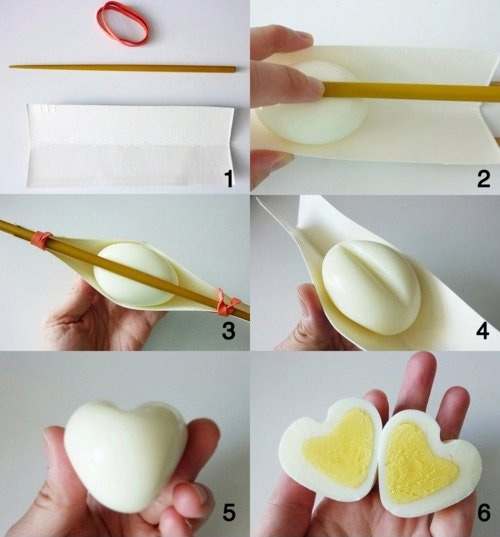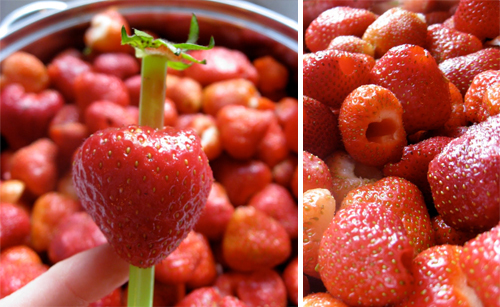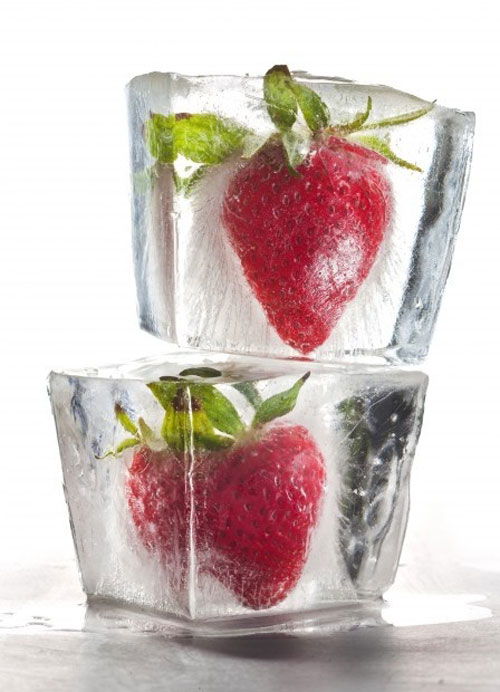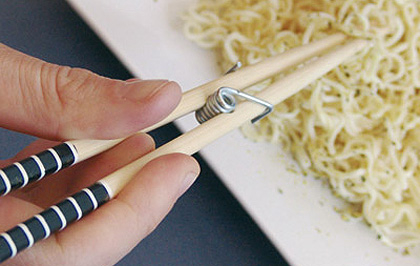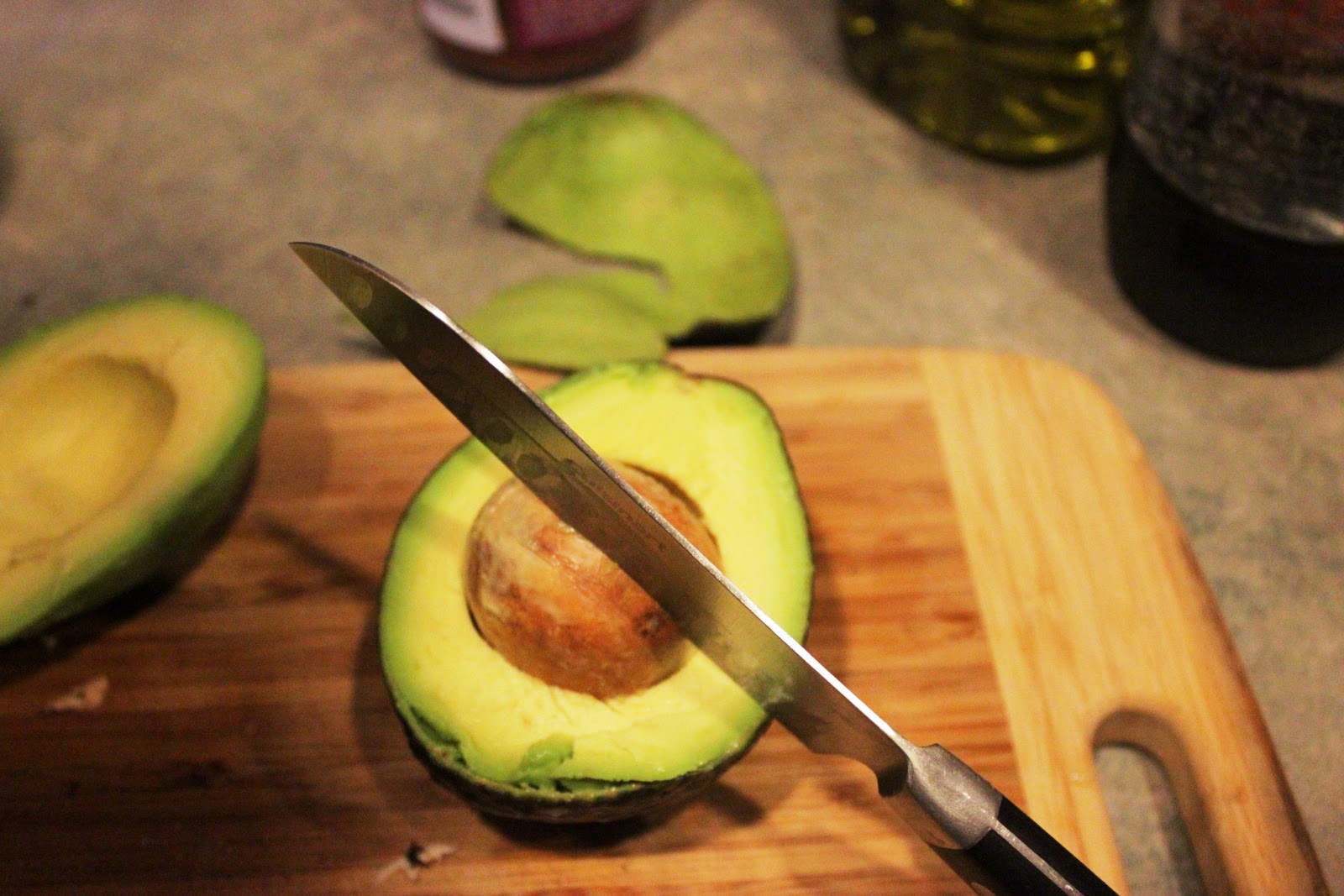What is Management, Anyway?
/In the grand scheme, the goal of academic research is to advance the state of human knowledge. While this necessarily entails diving into some fairly esoteric weeds, I won't pretend that management scholars have it too tough in that regard (at least compared to chemistry). At the same time, our field is somewhat unique in that few people know what it actually means to study management (at least beyond an MBA). For years, people have been asking "so, you're getting a PhD in how to make money?" That's a fair question, but pursuing a PhD isn't usually a ticket to fame and riches. Instead, academic research in management explores topics such as innovation, entrepreneurship, organizational behavior, and strategy. And because you're now thinking, "those don't really sound like real scientific pursuits either," it's probably worth digging a bit deeper.
Read More